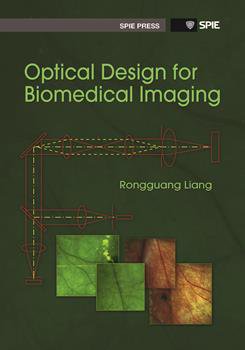|
Because of the tremendously sensitive emission profiles and high specificity of fluorescence signals, as well as the selectivity offered by antibody labeling, fluorescence imaging has become one of the most powerful techniques in biomedical research and clinical applications in recent years. Long after the phenomenon of fluorescence was discovered by Stokes in 1852, fluorescence in the biomedical field was first reported in 1911 when fluorescence was observed coming from an animal subjected to UV illumination. Fluorescence imaging was proposed as a method for cancer diagnostics in 1948. Winkelman and Rasmussen-Taxdal performed the first quantitative measurements of in vivo fluorescence using exogenous fluorophores in 1960. Since then, fluorescence technology has attracted extensive research for biomedical applications in both autofluorescence and fluorescence imaging using contrast agents. In this chapter, the principle of fluorescence imaging and fluorescence imaging techniques will be discussed in Secs. 5.1 and 5.2. Sections 5.3 and 5.4 will focus on the key components of fluorescence imaging systems and fluorescence filters. The configurations and optical design of fluorescence imaging systems will be discussed in Secs. 5.5 and 5.6. 5.1 Introduction to Fluorescence 5.1.1 Fluorescence process When illuminated with light possessing a suitable spectrum, some specimens, living or nonliving, organic or inorganic, absorb the illumination light and then radiate light with a different wavelength. This phenomenon, called the fluorescence process, was discovered by British scientist Sir George G. Stokes in the middle of the nineteenth century. The fluorescence process is commonly illustrated by the simple electronic-state diagram called the Jablonski energy diagram, as shown in Fig. 5.1. When molecules absorb light of a suitable wavelength λex, electrons may be raised from the ground state S0 to a higher-energy and vibrationally excited state S2. This process may only take 10-15 s. Within 10-14 to 10-11 s, the excited electrons may lose some vibrational energy to the surrounding environment in the form of heat and then relax to the lowest vibrational energy level S1 within the electronically excited state from which the fluorescence emission originates. |
|
|


